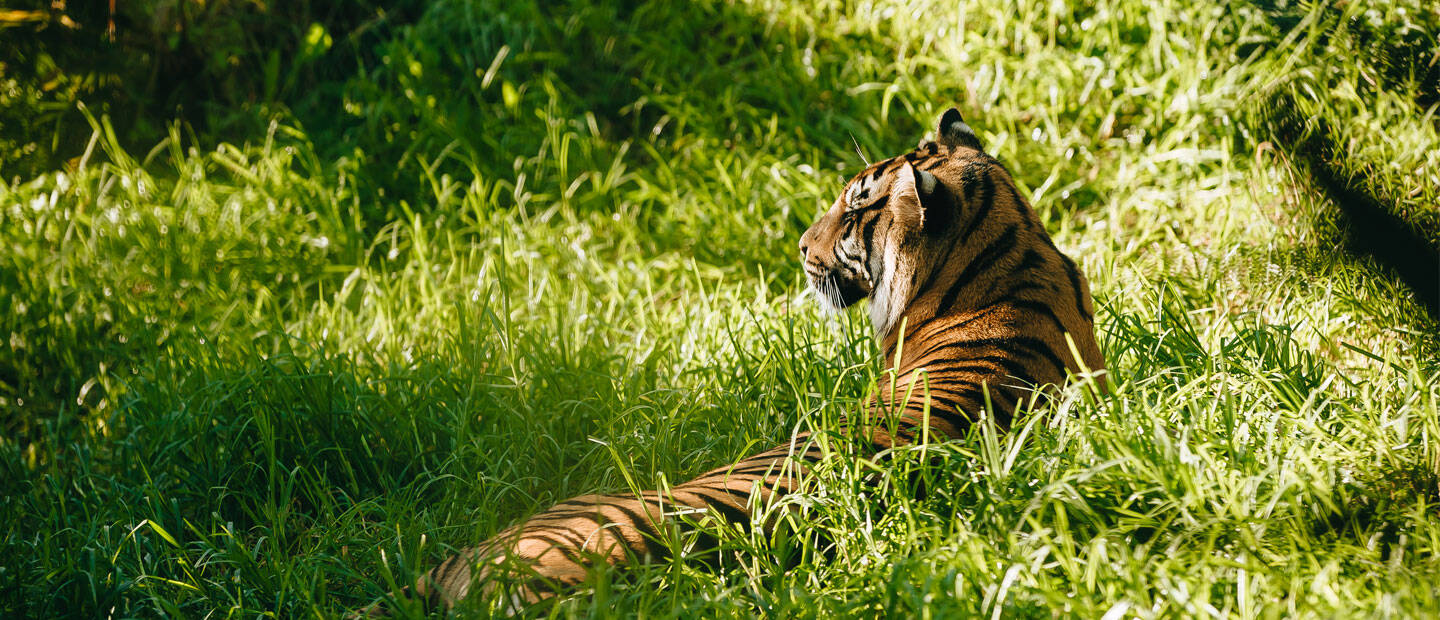Zayana will shortly come back into oestrus (season) and will once again have the opportunity to mate with male Ramah. All going well, we hope she will go on to produce a litter of healthy cubs.
“While it’s sad that this first breeding has been unsuccessful, Zayana has proven she can successfully conceive and give birth, and we observed her demonstrating some positive mothering behaviours towards the first cub prior to the birth of the stillborn cub,” says Lauren.
Importantly, Zayana’s own health and wellbeing is good. After an exhausting couple of days she has had plenty of rest and care from the carnivore team, and they report she is now back to her relaxed self - which is great, especially as she is now coming into oestrus and will soon have the opportunity to be with Ramah again.


